The Estancia Cerro Guido and Complejo Torres del Paine in southern Patagonia represent a unique wild land area bordering Torres del Paine National Park and Argentina. This pristine ecosystem is home to diverse wildlife including pumas, guanacos, native ostriches, and condors, thriving in a landscape of untamed rivers, forested mountains, glacial lakes, and vast plains.
The area has a rich cultural history, from ancient nomadic peoples to a century of gaucho culture, with current inhabitants and visitors focusing on conservation, ecotourism, and cultural heritage. Our initial work was to develop a Territorial Zoning Plan as a baseline framework for the future stewardship of these properties. This comprehensive plan aims to protect the natural systems and cultural heritage while ensuring long-term ecological and economic sustainability. A key recommendation is the 28,000-acre expansion of conservation areas to protect critical wildlife migration corridors and forested mountain habitats.
The plan proposes a strategic reduction of livestock operations to benefit the ecology and enhance visitor experiences. It also suggests concentrating eco- and cultural-tourism developments in already developed areas to minimize encroachment on surrounding agricultural, ecological, and archaeological sites.
The plan encourages partnerships among various stakeholders, including eco-tourism providers, conservation and scientific institutions, cultural heritage organizations, and sustainable agricultural interests. This collaborative approach aims to maintain a sustainable balance among various uses and serve as a model for other inhabited wildlands.
Size
±3,500 acres
Client
Matetic Family
Scope
Conceptual Territorial Zoning
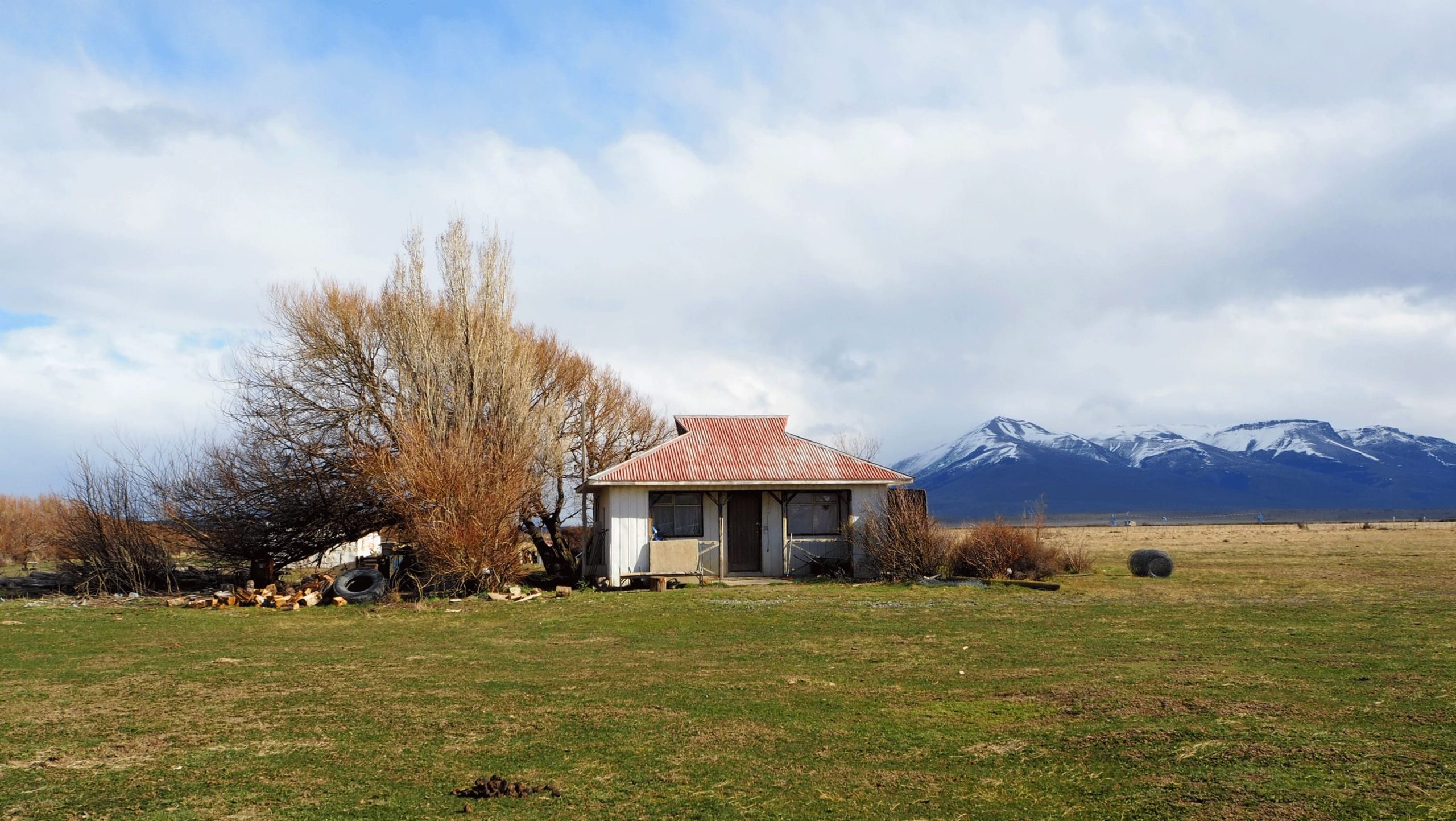
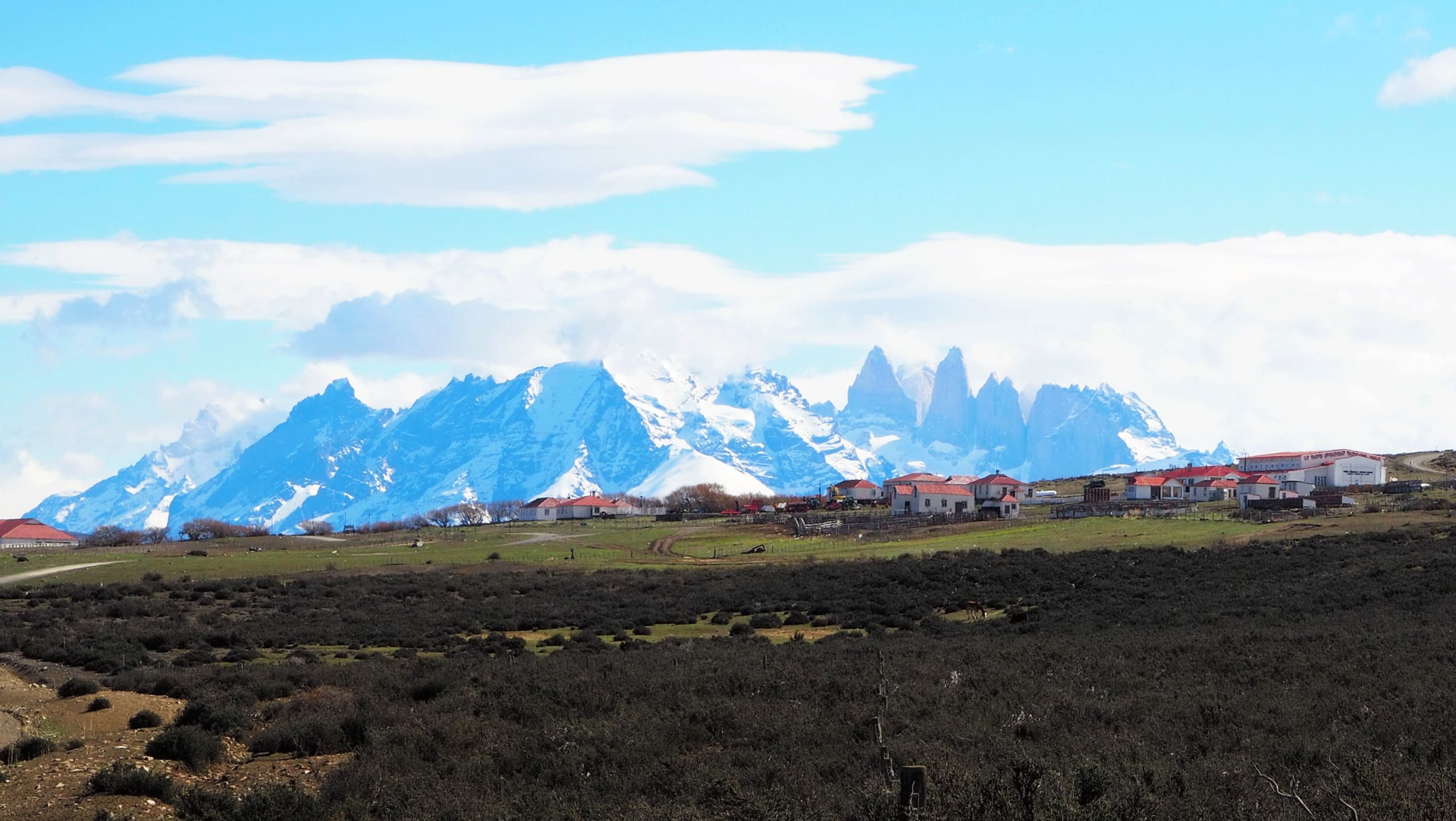



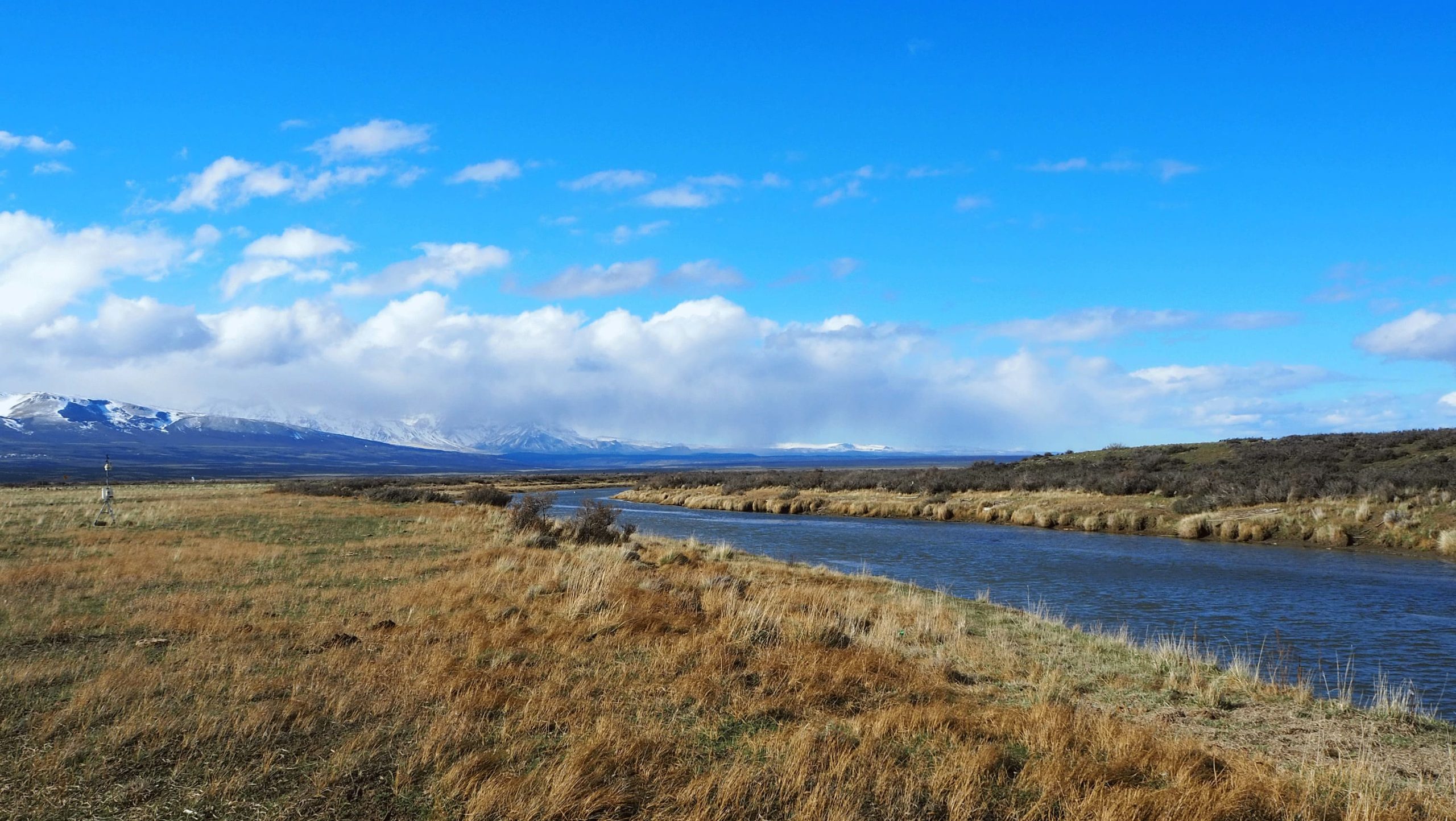

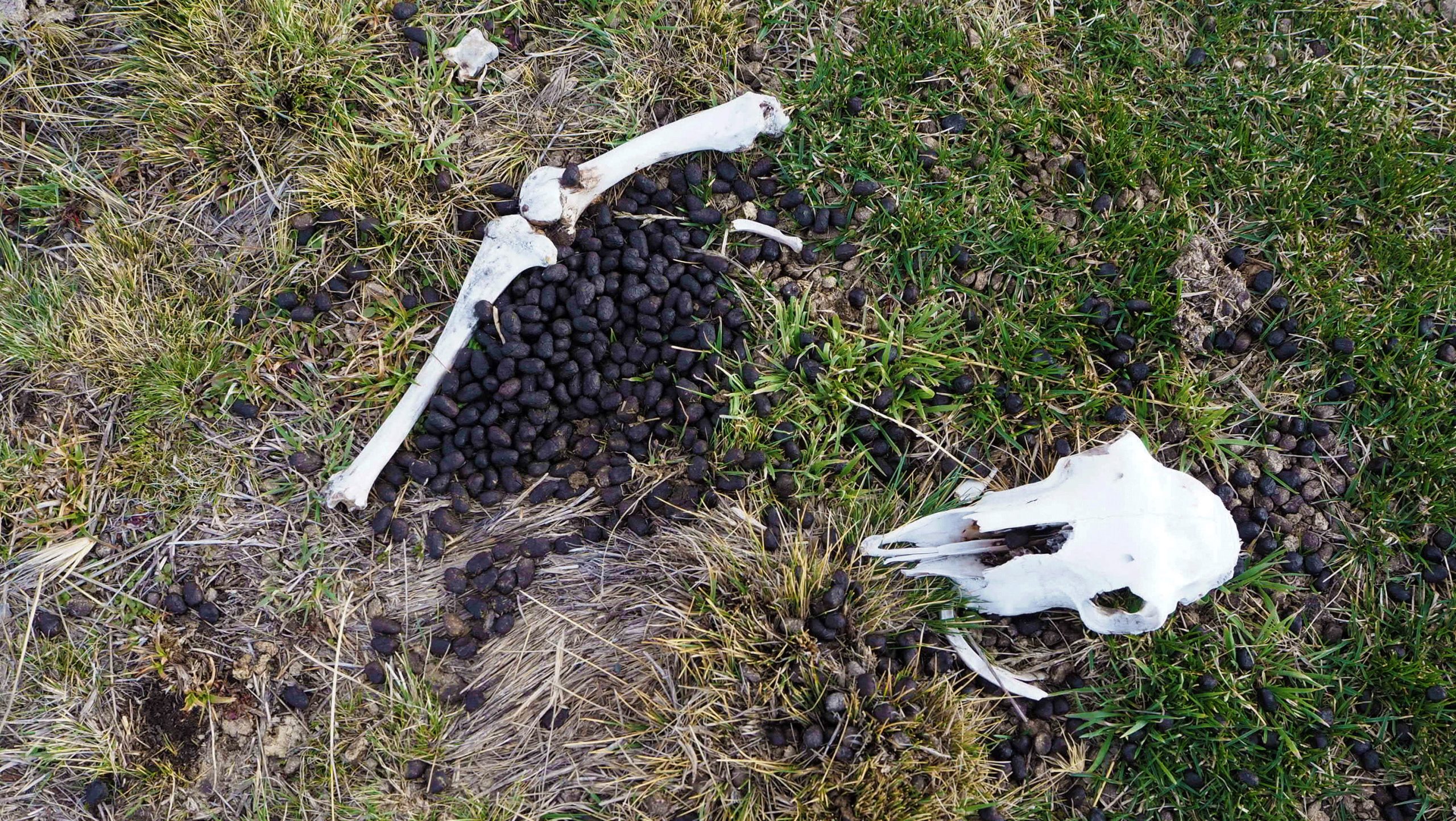

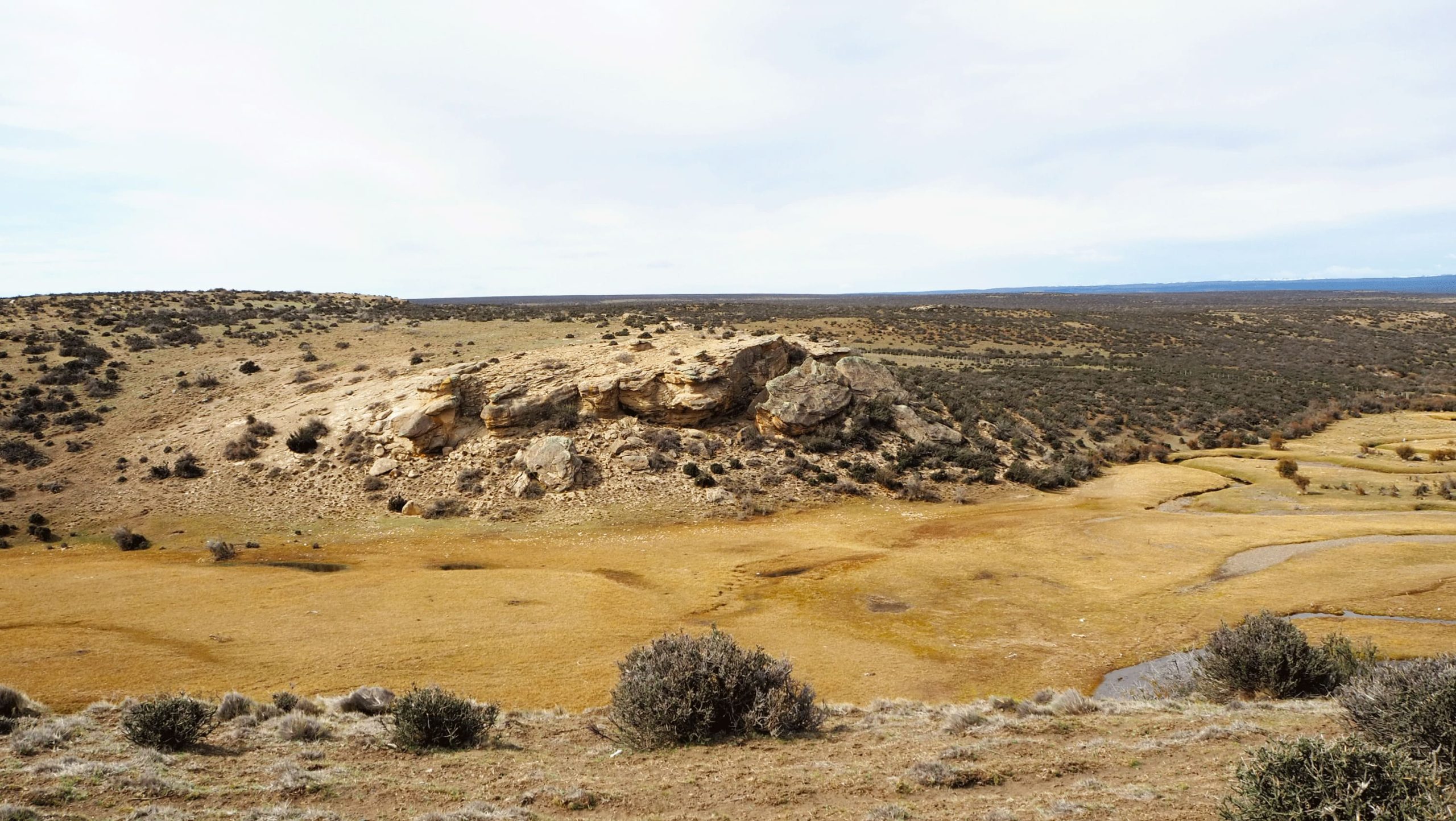
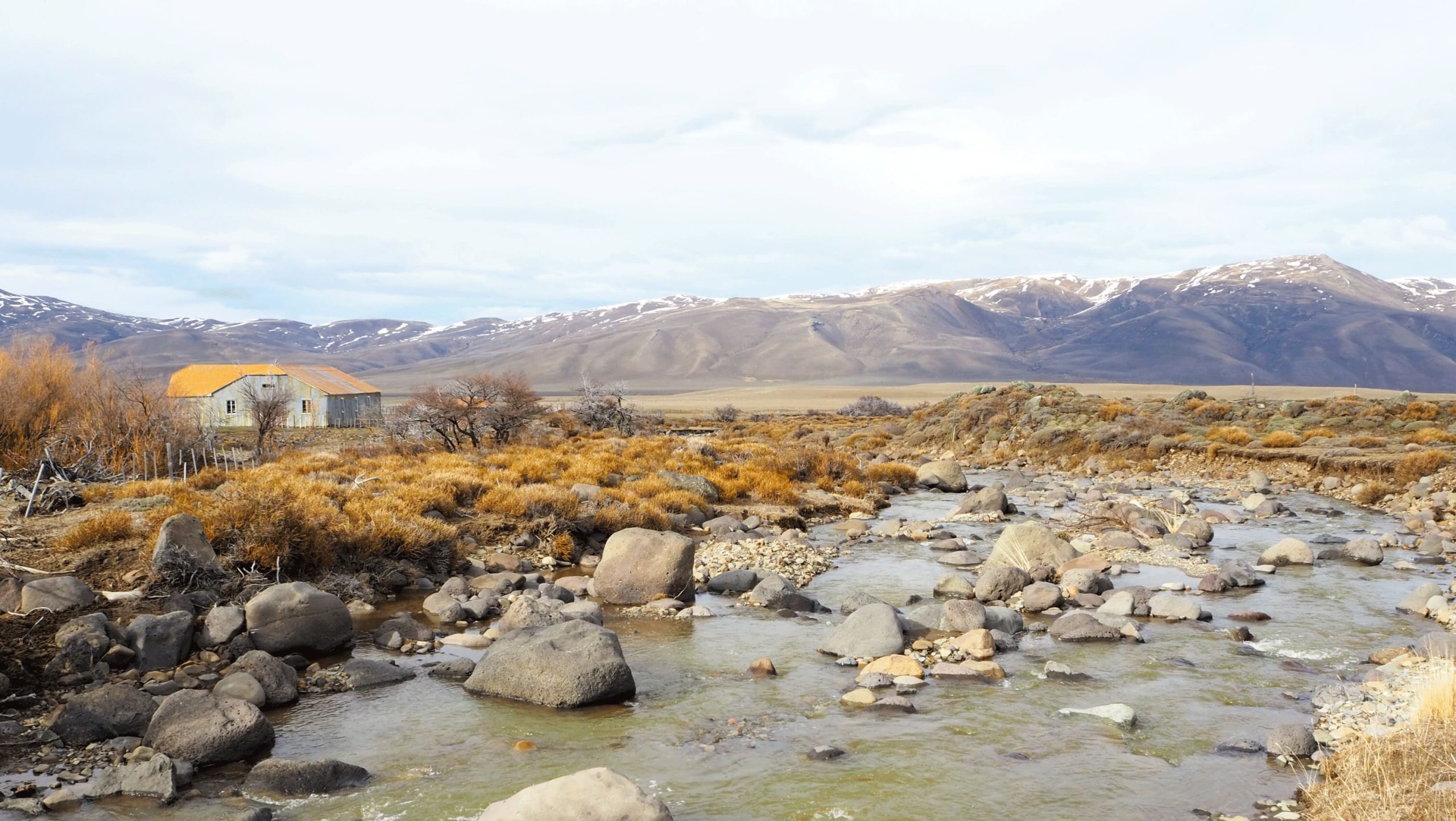
The Estancia Cerro Guido and Complejo Torres del Paine in southern Patagonia represent a unique wild land area bordering Torres del Paine National Park and Argentina. This pristine ecosystem is home to diverse wildlife including pumas, guanacos, native ostriches, and condors, thriving in a landscape of untamed rivers, forested mountains, glacial lakes, and vast plains.
The area has a rich cultural history, from ancient nomadic peoples to a century of gaucho culture, with current inhabitants and visitors focusing on conservation, ecotourism, and cultural heritage. Our initial work was to develop a Territorial Zoning Plan as a baseline framework for the future stewardship of these properties. This comprehensive plan aims to protect the natural systems and cultural heritage while ensuring long-term ecological and economic sustainability. A key recommendation is the 28,000-acre expansion of conservation areas to protect critical wildlife migration corridors and forested mountain habitats.
The plan proposes a strategic reduction of livestock operations to benefit the ecology and enhance visitor experiences. It also suggests concentrating eco- and cultural-tourism developments in already developed areas to minimize encroachment on surrounding agricultural, ecological, and archaeological sites.
The plan encourages partnerships among various stakeholders, including eco-tourism providers, conservation and scientific institutions, cultural heritage organizations, and sustainable agricultural interests. This collaborative approach aims to maintain a sustainable balance among various uses and serve as a model for other inhabited wildlands.
© All rights reserved WiLD LandArch